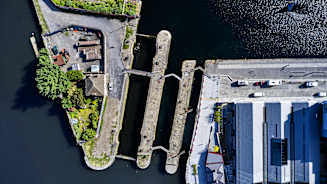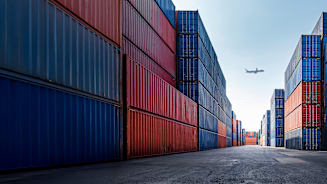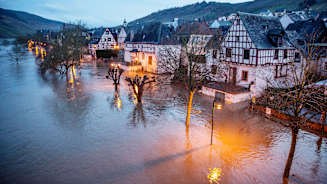Natural catastrophes are growing in frequency and severity across the globe, upending lives, businesses and
infrastructure — and they are helping grow a protection gap that is leaving most disaster losses
uninsured.1
According to Aon's 2023 Weather, Climate and Catastrophe Insight
report, natural disasters caused global economic
losses of $313 billion in 2022, outstripping economic growth. Insured losses lagged behind, accounting for just $132
billion. That’s a 58 percent gap, or $181 billion in uninsured losses.
This protection gap has continued to grow, along with uncertainty created by conventional risk transfer solutions as
insurers grapple with runaway loss costs. Parametric insurance provides a response by insuring otherwise uninsurable
“grey swans” with difficult-to-quantify economic impact.
Better Informed
The Challenges of Insuring Earthquake Risks
Catastrophic earthquake probability can be calculated, but the ensuing economic impact is difficult to measure.
Unable to attach capital to transfer such risks, businesses often end up simply retaining them — with potentially
devastating consequences.
This creates a “grey swan risk transfer paradox.” Events like catastrophic earthquakes are exactly why businesses
should transfer risk. However, if there is insufficient data from an underwriting perspective, it can make
sufficient risk transfer unavailable — and therein lies the paradox.
Without an action plan to close this growing protection gap in traditional markets, losses will likely continue to
mount in a world of increasing extremes, as global trends indicate.
Though a catastrophic earthquake can be perceived as a low probability event, over a long time, horizon expectations
of losses should be quite substantial. The last major earthquake in California was the Northridge earthquake in
1994. Over the next 30 years, the United States Geological Survey places the probability of a 6.7 quake (or higher)
at 60 percent in Los Angeles and 72 percent in San Francisco.1 In fact, such hazards exist through the
entire U.S.
West Coast, as well as in Alaska, the Midwest (New Madrid Fault), and South Carolina.































































































































































































































































































































































